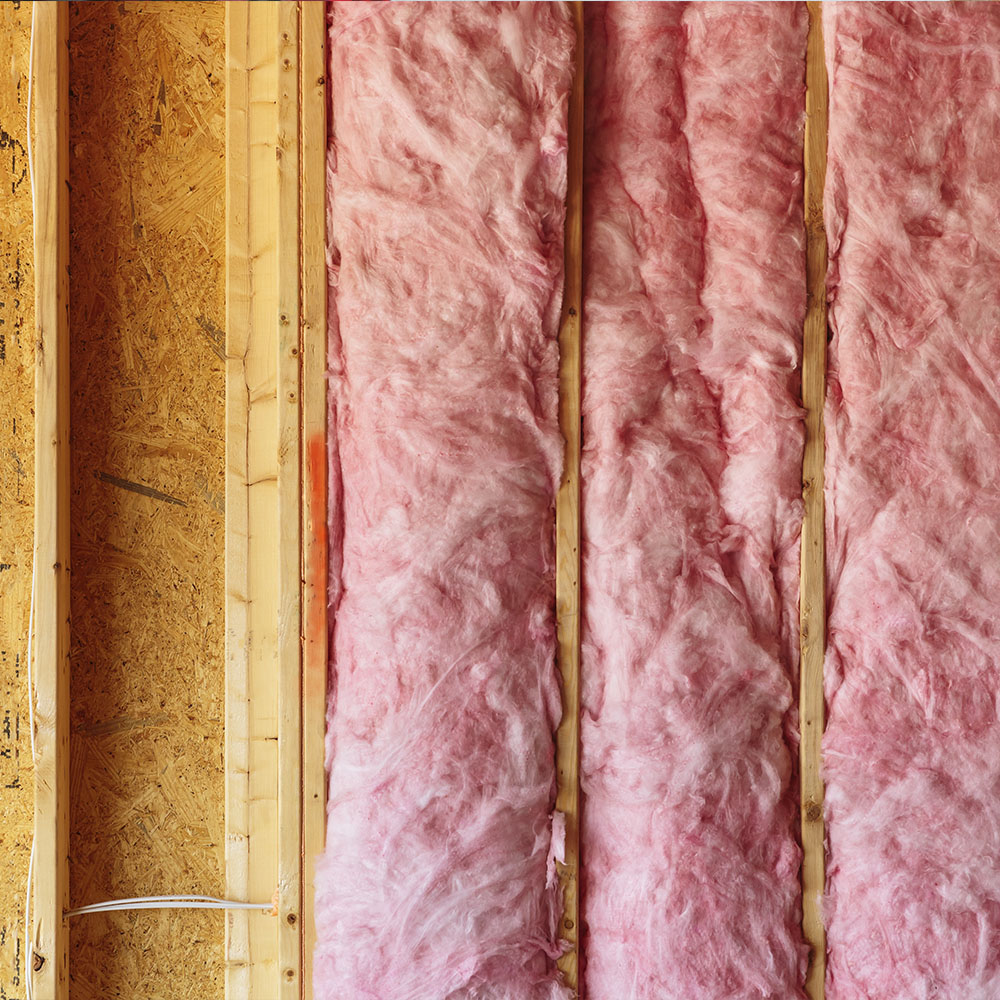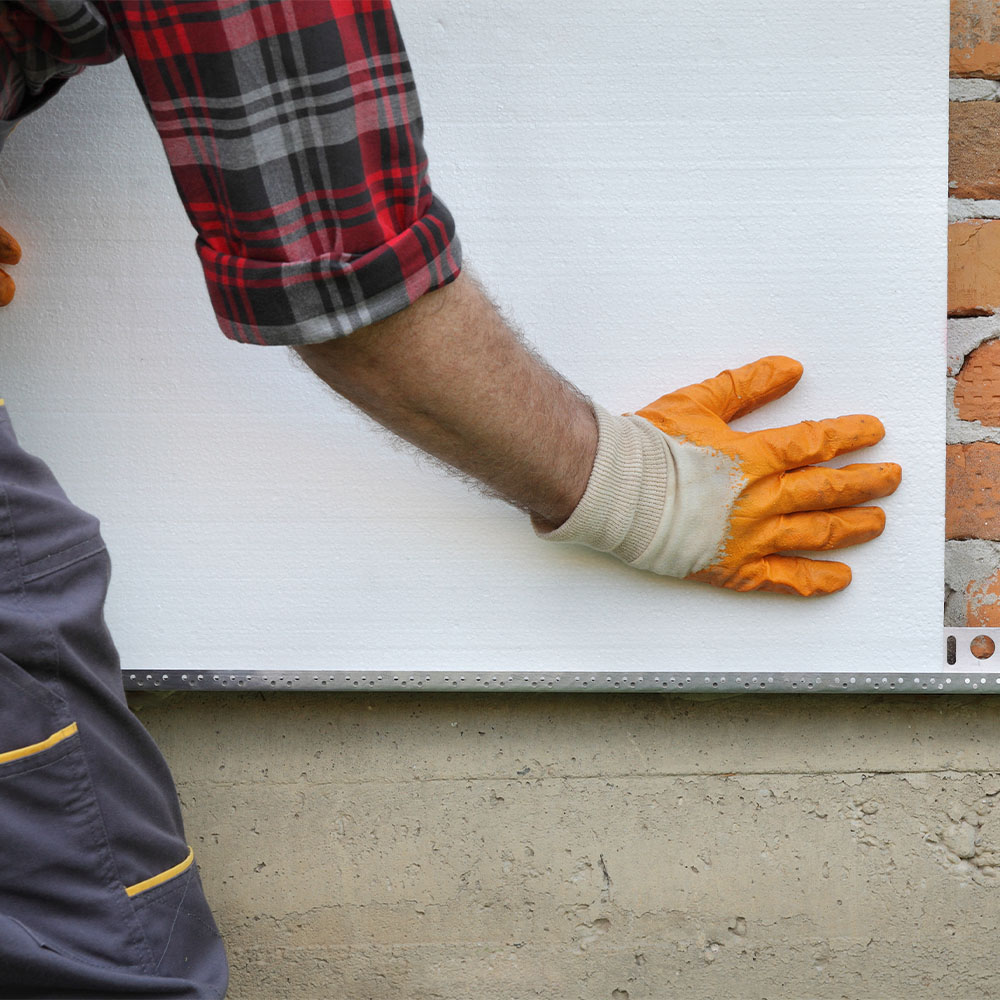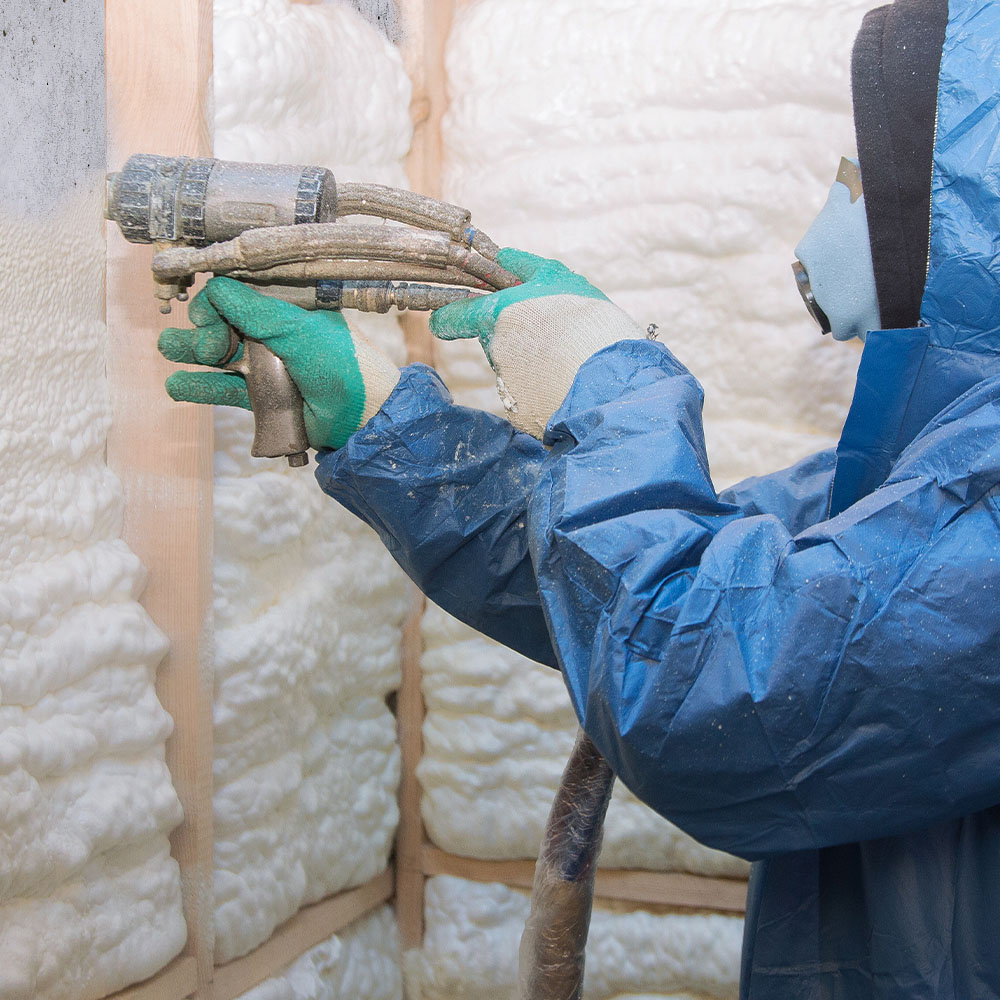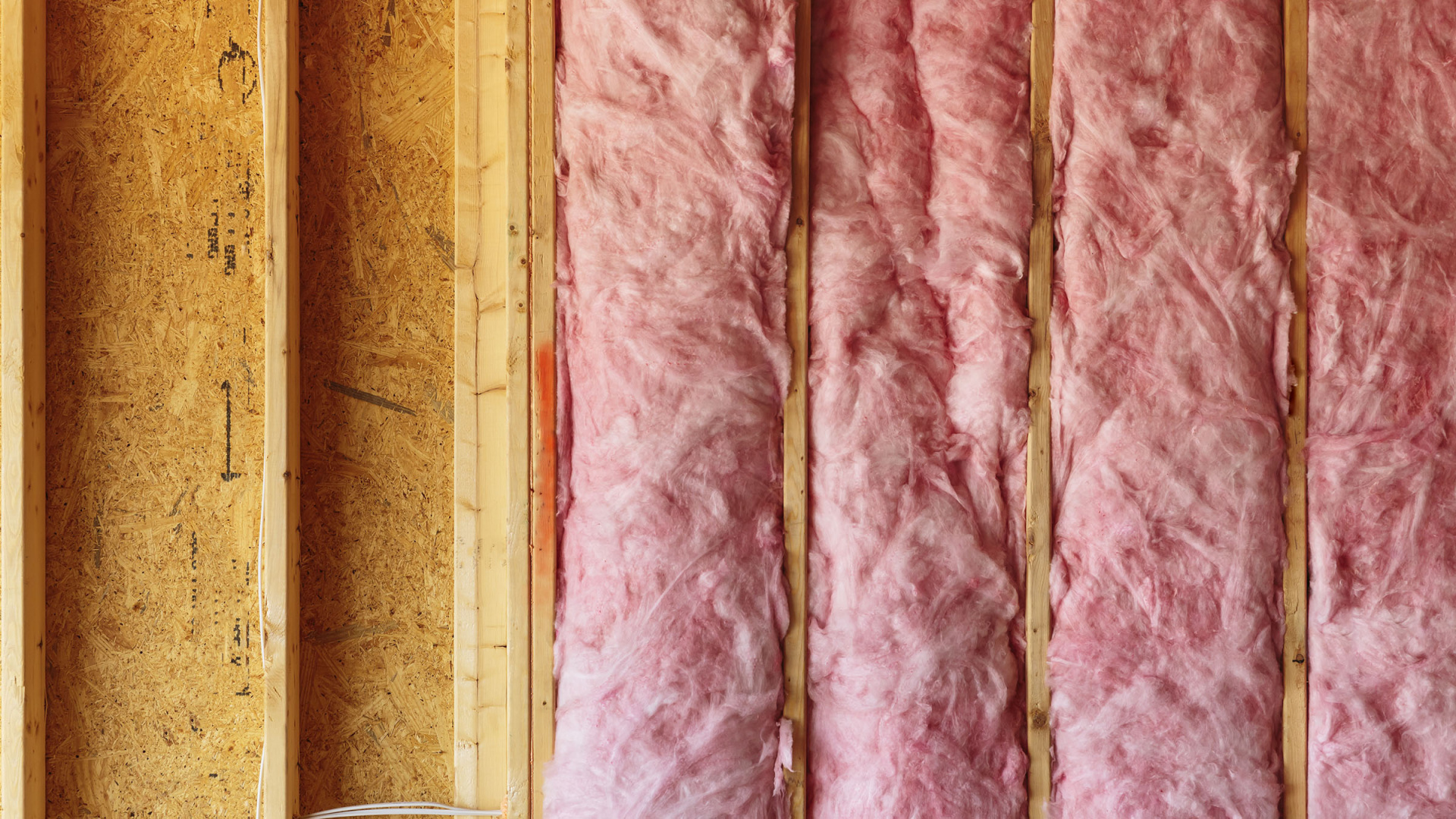Insulation 101
More insulation in your home means you can have lower heating and cooling costs, and less environmental impact. If your home is older, it may have poor insulation and be leaky too. When looking to add insulation to your home, it’s important to know and understand your options. Before deciding on what insulation product to install, take some time to learn exactly what insulation is, how it works, and how it conserves energy.
Knowing what type of insulation you need is important for planning your insulation project. This will ensure you purchase the correct amount of insulation and you receive an accurate rebate estimate when applying for our Home Insulation Rebate.
What is Insulation?
Insulation is any type of material used to fill the spaces of your home to reduce heat. It is typically found in walls and above ceilings.
How does Insulation work?
Insulation slows the flow of heat in and out of your home, making it easier to keep your home warm in the winter and cool in the summer. Most insulation does this by trapping air in tiny pockets, the smaller the pockets of air the better. Insulation also helps to reduce noise outside your home.
Prior to purchasing insulation, it’s important to know how well an insulation material resists heat transfer, measured by its R-value. The R-value indicates how good your insulation is at keeping heat in your home in the winter and keeping it out in the summer. The greater the R-value, the better the energy efficiency. R-value varies for different insulation types, often compared by its R-value per inch. When comparing insulation types, be sure to look for the R-value you want, rather than a thickness. To determine the existing R-value in your home’s roof, walls, and basement, check out our article.
The Different Types of Insulation
Loose-fill/Blown in Insulation
Loose-fill materials can be blown or poured into attics and blown into finished wall cavities. Loose-fill insulation typically consists of small glass, cellulose or mineral fibers.
- Relatively low cost, but the R-value per inch is also lower, so you will need more insulation to reach the same R-value as other types of insulation.
- Air sealing is needed prior to adding the insulation as air flows through these materials easily.
- Usually installed with a blower but can also be poured out of the bag.

Batt Insulation
Batt insulation is pre-cut, glass fibre or mineral wool insulation. It can be used in horizontal or vertical spaces, like attics or walls.
- R-value per inch is slightly higher than loose-fill insulation.
- Typically used between framing members (joists or studs) of a wall or ceiling.
- Air sealing is required as it provides minimal resistance to air flow.

Rigid or semi-rigid Insulation
Rigid or semi-rigid insulation comes in sheets of standard sizes and thicknesses and can be applied to the interior or exterior of a home. Not all materials are suitable for below grade applications.
- Typical materials include expanded polystyrene (EPS), graphite polystyrene (GPS) extruded polystyrene (XPS), polyisocyanurate (polyiso or PU), and mineral wool.
- Higher R-value per inch than batt or loose-fill insulation.
Rigid insulation is commonly applied to the exterior walls of a home. It may provide adequate air sealing when used in conjunction with sealants or tapes.

Spray Foam
Spray foam is incredibly versatile and can be applied to the inside or outside of a home. Depending on the specific product, it may be used below grade.
- Available in various densities, but usually medium density (2 lbs/ft3)
- Must be professionally installed by certified installers.
- Highest R-value per inch.
- Has air sealing properties that allow it to act as an air or vapor barrier when installed to a minimum thickness of 2 inches (for medium density foam).
- Convenient for installation in tight or difficult spaces.
- One-component foams or foam kits that are sold through building supply centres are not the same as medium density polyurethane foam, and are best used for air sealing.

Are you a business owner?
You can apply for an insulation rebate through our Building Envelope Program.

